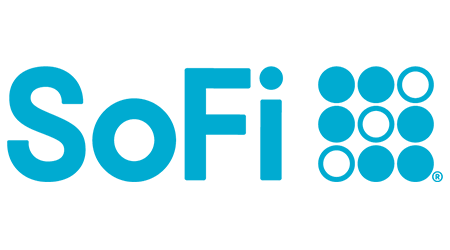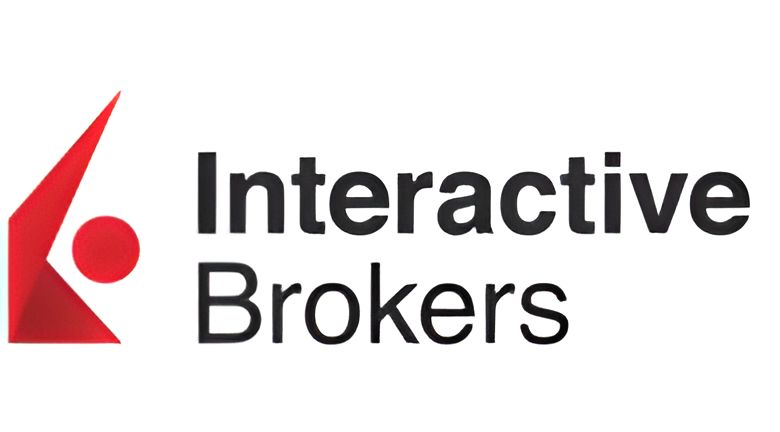
- Trade stocks, options, ETFs, mutual funds, alternative asset funds
- $0 commission on stocks, ETFs and options with no options contract fees
- Get up to $1,000 in stock when you open and fund a new account within 30 days
- Access to a financial planner
Exchange-traded funds (ETFs) offer a diversified and efficient way to grow your portfolio, and choosing the right ETFs can significantly boost your portfolio’s performance.
We’ve rounded up five of the best-performing ETFs this year to help you build your portfolio. Whether you’re looking for growth, income or stability, these ETFs are well-positioned to meet various investment goals.



Below are the five best-performing equity exchange-traded funds (ETFs) ordered by year-to-date (YTD) performance for 2025, with expense ratios of 0.25% or below, at least 3 million average daily share volume and at least $50 billion assets under management (AUM). No leveraged or inverse ETFs are included.
Vanguard FTSE Developed Markets ETF (VEA)VEA is a Vanguard ETF that seeks to track the performance of the FTSE Developed All Cap ex-US Index, offering exposure to a diverse range of stocks from developed markets outside the United States, including Europe, Asia, and Canada.
| ETF name and ticker | ETF description | Expense ratio | Dividend yield | YTD return |
|---|---|---|---|---|
iShares Core MSCI EAFE ETF (IEFA) | IEFA is an iShares ETF that aims to track the performance of the MSCI EAFE Index, providing broad exposure to large-, mid- and small-cap companies in developed markets outside the US and Canada, including Europe, Australasia and the Far East. | 0.07% | 3.21% | 9.13% |
Vanguard FTSE Developed Markets ETF (VEA) | VEA is a Vanguard ETF that seeks to track the performance of the FTSE Developed All Cap ex-US Index, offering exposure to a diverse range of stocks from developed markets outside the United States, including Europe, Asia and Canada. | 0.03% | 3.14% | 7.93% |
Vanguard Total International Stock ETF (VXUS) | VXUS is a Vanguard ETF that seeks to track the performance of the FTSE Global All Cap ex US Index, offering broad exposure across developed and emerging non-U.S. equity markets. | 0.05% | 3.16% | 6.58% |
iShares Core MSCI Emerging Markets ETF (IEMG) | IEMG is an iShares ETF designed to track the performance of an index composed of large-, mid- and small-capitalization emerging market equities. | 0.09% | 3.10% | 4.00% |
iShares 20+ Year Treasury Bond ETF (TLT) | TLT is an iShares ETF designed to track the performance of an index composed of U.S. Treasury bonds with remaining maturities greater than twenty years. | 0.15% | 4.18% | 3.59% |
*Market data from ETFDB.com and accurate as of March 14, 2025.
Compare brokers by available asset types, minim deposit requirements, cash sweep APYs and signup bonuses. Select Go to site to sign up for an account or select More Info to read our comprehensive review.
The Finder Score crunches 147 key metrics we collected directly from 18+ brokers and assessed each provider’s performance based on nine different categories, weighing each metric based on the expertise and insights of Finder’s investment experts. We then scored and ranked each provider to determine the best brokerage accounts.
We update our best picks as products change, disappear or emerge in the market. We also regularly review and revise our selections to ensure our best provider lists reflect the most competitive available.
Paid non-client promotion. Finder does not invest money with providers on this page. If a brand is a referral partner, we're paid when you click or tap through to, open an account with or provide your contact information to the provider. Partnerships are not a recommendation for you to invest with any one company. Learn more about how we make money.
Finder is not an advisor or brokerage service. Information on this page is for educational purposes only and not a recommendation to invest with any one company, trade specific stocks or fund specific investments. All editorial opinions are our own.
Thousands of ETFs are available to choose from, so you’ll need to consider a wide range of factors when deciding where to invest your money. These include:
High fees can make a big dent in your overall investment returns. There are two main costs involved when investing in listed funds: brokerage and management fees.
To find the trading platform that offers the lowest fees, you’ll first need to decide how much you want to invest and how many lump sums you’ll be investing over a year. If it’s just a single lump sum, finding a platform that doesn’t charge an inactivity fee will be key. If you plan on frequently buying small amounts, the brokerage fee itself will be more important.
Before deciding whether ETFs are the best investment solution for you, make sure you’re fully aware of how they work and have an in-depth understanding of all the risks involved. These include:

"ETF investing is a no-brainer if you’re a beginner investor who’s unfamiliar with the markets or you just don’t have the time or interest to pick and choose individual stocks. If you want to do no research, total stock market ETFs are available. If you’re keen to invest in the Oil and Gas industry, consider an energy sector ETF. You’ve got plenty of options for low-cost ETFs to help you build the foundation of your portfolio."
Basic details about a fund can be found in its prospectus, which (in most cases) must be filed with the US Securities and Exchange Commission (SEC) before an ETF can be publicly traded. The prospectus breaks down key information about a fund including:
View all public filings related to ETFs and other regulated US securities on the SEC website. You can also access an ETF’s prospectus by visiting the issuing company’s website.
There’s no single best ETF for everyone, as it largely depends on your investing objectives.
One of the best ETFs for beginners is an S&P 500 like the the Vanguard S&P 500 ETF (VOO).
Track the progress of the S&P 500 stocks to make more informed investment decisions.
See our picks for the best brokers for trading S&P 500 stocks, ETFs, options and futures.
These are the stocks to buy when you don’t have much to spend.
Some of the best stock trading apps for beginners include SoFi, Robinhood, Public, Stash, Opto and more. Compare your options here.
Compare pros, cons, research tools and reviews for these two trading platforms.
Some of the best trading apps like Robinhood are SoFi, Tastytrade, Public, eToro, Acorns, Interactive Brokers, E*TRADE and more.
Compare pros, cons, research tools and reviews for these two trading platforms.
See our picks of the best brokerage accounts, including Fidelity, SoFi, Charles Schwab, Public, Robinhood and E*TRADE .
SoFi Invest is a no-fee commissions platform with both active and automated investment accounts.
Webull is a broker with zero-commission trading and a suite of tools to help you invest.